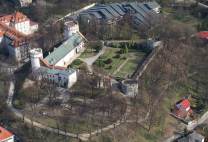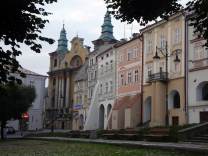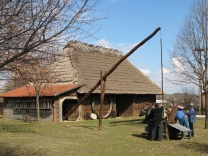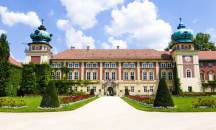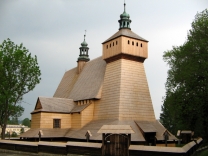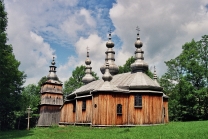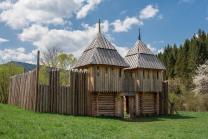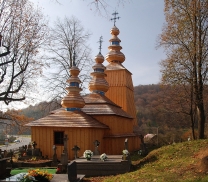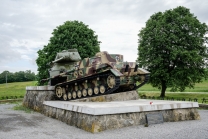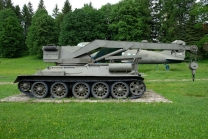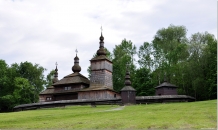Krasiczyn Castle
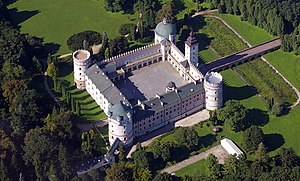
Krasiczyn Castle
Krasiczyn Castle (Polish: Zamek w Krasiczynie) is a Renaissance structure in Krasiczyn, Poland. It stands on a lowland at the right bank of the San River, along the Przemyśl-Sanok route (some 10 kilometres southwest of the city of Przemyśl).
Across the centuries, the castle has belonged to several noble Polish families, and was visited by many Polish kings.
Together with a picturesque garden, it now belongs to the Industrial Development Agency (Polish: Agencja Rozwoju Przemyslu S.A.).
History
Front view of the castle and bridgeThe construction of the castle started in 1580, initiated by a local nobleman Stanislaw Siecienski of Siecin, who came to the area from Mazovia. Works lasted for 53 years, and the castle was not completed until 1633, by Marcin Krasicki, son of Stanisław and Voivode of Podolia, who in the meantime had changed his name. Originally, the castle was a fortified stronghold, protecting southern border of the Polish-Lithuanian Commonwealth. However, Marcin Krasicki, who was regarded as one of the most important promoter of arts in the country, turned the fortress into a sophisticated residence (palazzo in fortezza), under supervision of Italian architect, Galleazzo Appiani. Also, he dubbed the complex Krasiczyn, after his last name. Later, a village of Krasiczyn grew near the castle, also bearing the same name. The Krasiczyn castle was built on the site of an older, wooden complex, called Sliwnica, which had probably been built in the 14th century.
Despite numerous fires and wars across the centuries, the castle's complex has been essentially unchanged since the early 17th century. Built as a square, with walls representing all four quarters of the globe, at the corners there are four oval-shaped towers: Divine (Boska), Papal (Papieska), Royal (Krolewska), and Noble (Szlachecka). These names reflected the eternal order of the world, with four grades of authority. The rectangular, spacious court is surrounded to the east and north by living quarters, and to the south and west by walls, adorned with attics. In the middle of the western wall, there is a square-shaped tower...















